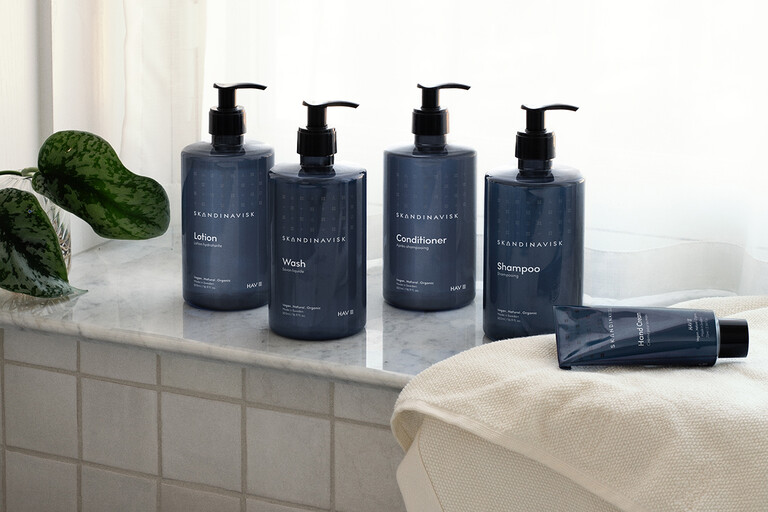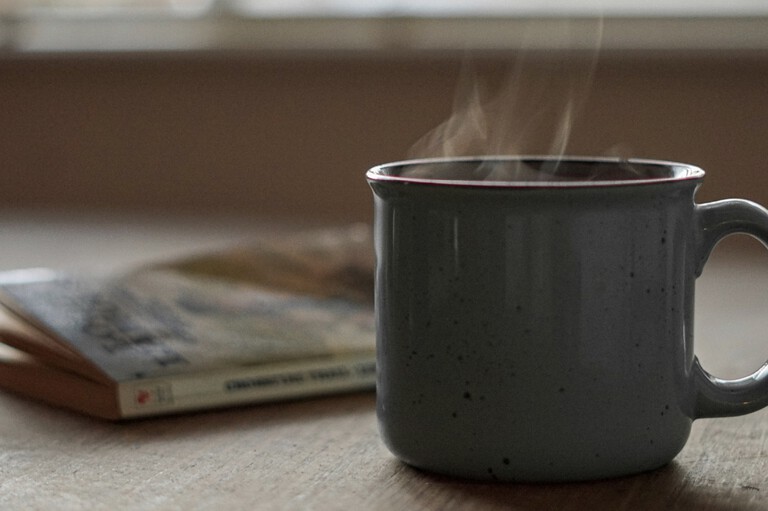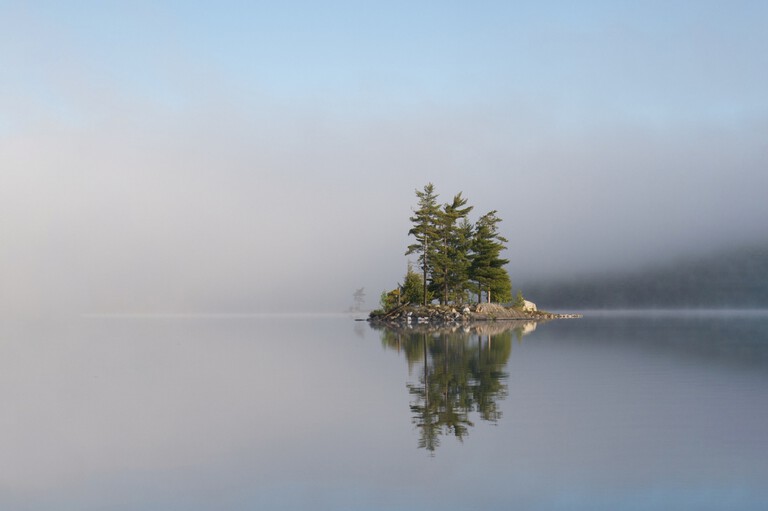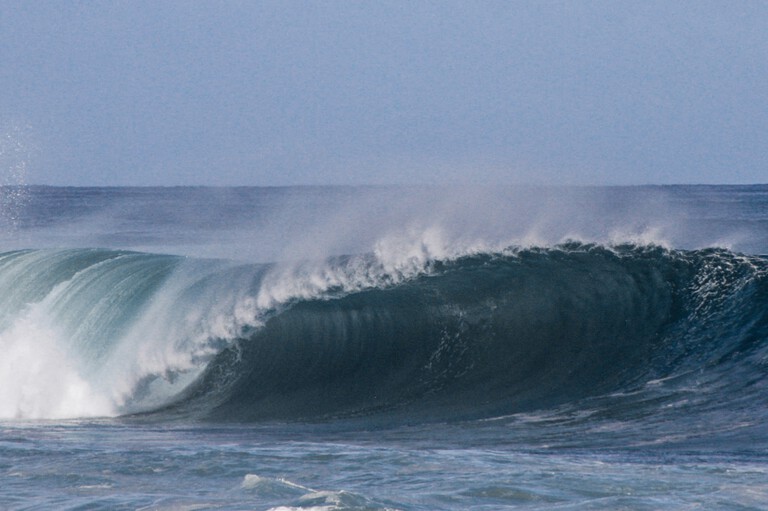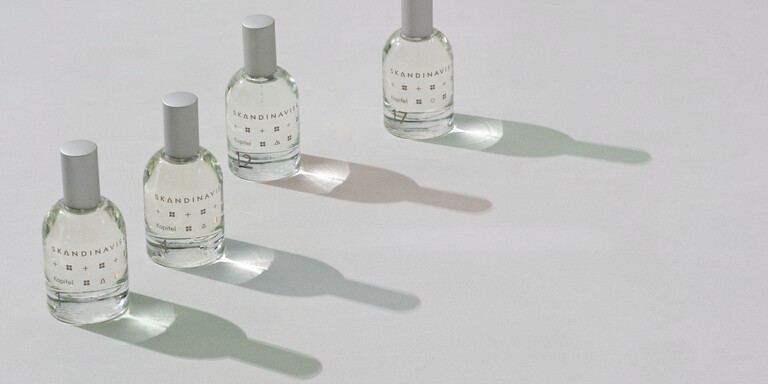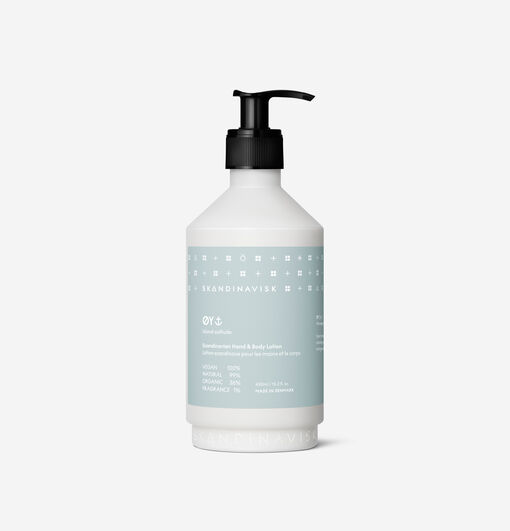Are your heroes also fake?
When we created our first cosmetic collection we followed the familiar path of focusing on exotic hero ingredients to make the products appear more authentic and stand out in a crowded market.
What is a ‘hero’ ingredient?
Typically, a hero ingredient is something that is emphasised on a cosmetic product for its special benefits for the user. For the skin performance, the scent, or perhaps the origin.
When we created our first cosmetic collection, we decided to use ‘hero’ ingredients, because we looked at the market and quickly learned it was a common thing to do. So we found some typically Scandinavian ingredients with some interesting claims, that were already in the market: sea buckthorn, nordic cottongrass, birch bark, seaweed, Norwegian angelica.
We felt good. We were doing our homework and being authentic. And that is where the problems started.
Where is the proof?
First, on closer investigation, we learned there was little or no credible scientific evidence of skin performance in any of the chosen ingredients. More to the point, independent evidence is costly, so most niche cosmetic ingredients out there don’t have any proof. They just rely on opinion or popular belief for their claims (a bit like politicians).
Secondly, all of the ingredients were supplied in deodorised form. Which means they didn’t smell. So there was no claim there either. In fact, almost every cosmetic raw material is supplied this way, so as not to interrupt the scent profile of the rest of the formula.
Third, only one of our Scandinavian ‘hero’ ingredients could actually be sourced from the Scandinavian region. Bugger! So our plan to get more local wasn’t exactly working either.
Downgrading hero ingredients
Eventually, when we realised there was absolutely nothing to claim about these ingredients, we didn’t decide not to use them. We just decided to use as little of them as possible. After all, proven ingredients need to have the right dosage to work. But, if they aren’t proven, then why spend money on them? Better to keep them so small they don’t affect the rest of the formula. Surely, no one will notice when they’re near the bottom of the ingredients list.
Correcting empty promises
Despite all the evidence, we still felt obliged to promote the tiny, unproven, unscented, and un-local ‘hero’ ingredient in order to legitimise our first cosmetic collection. Even though we were pretty proud of the rest of the formula. Because it just seemed like this was the usual thing to do.
Did we follow a well-trodden path towards an empty promise? In our defense, we did it because we were cosmetic novices, desperate to prove our authenticity. But as someone who has worked in marketing for more than twenty years, the layers of untruth were genuinely troubling. What feels even worse is that we took advantage of nature to do it. We felt so uncomfortable, that we changed our entire collection, just two years later.
Now, we use aloe vera as our primary active ingredient. It doesn’t come from Scandinavia either, so we don’t celebrate it as a ‘hero’. But it does have proven skin performance benefits. We only source aloe vera, and we use it in more quantities than is necessary for the skin performance, because that means we are reducing the mix of other ingredients that cannot be organically sourced yet. Helping protect the skin and the soil.
So, what’s the problem with ‘hero’ ingredients? The problem with our ‘hero’ ingredients is they didn’t benefit the wearer, and they didn’t have a thought for the nature from where they came from.
08.01.2025
A glimpse into a Nordic winter by Leena Henningsen
Photographer, storyteller and video creator @leena.henningsen invites us to experience the magic of a Nordic winter. Leena shares her journey through days of little to no sunlight, spent in remote, isolated landscapes blanketed in snow and ice.
Read more05.12.2024
Get ready for a Swedish Christmas with Jasmina Bylund
Photographer, storyteller and content creator Jasmina shows us how she gets her home ready for a Scandinavian Christmas.
Read more30.10.2024
The Skandinavisk Christmas Gift Guide
Discover gifts for all your family, friends, and all the hard-to-buy-for people in your life with our Christmas gift guide.
Read more